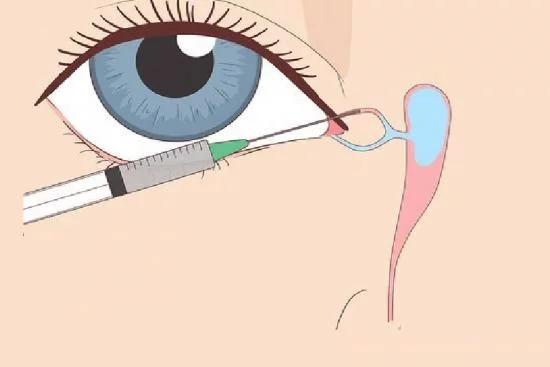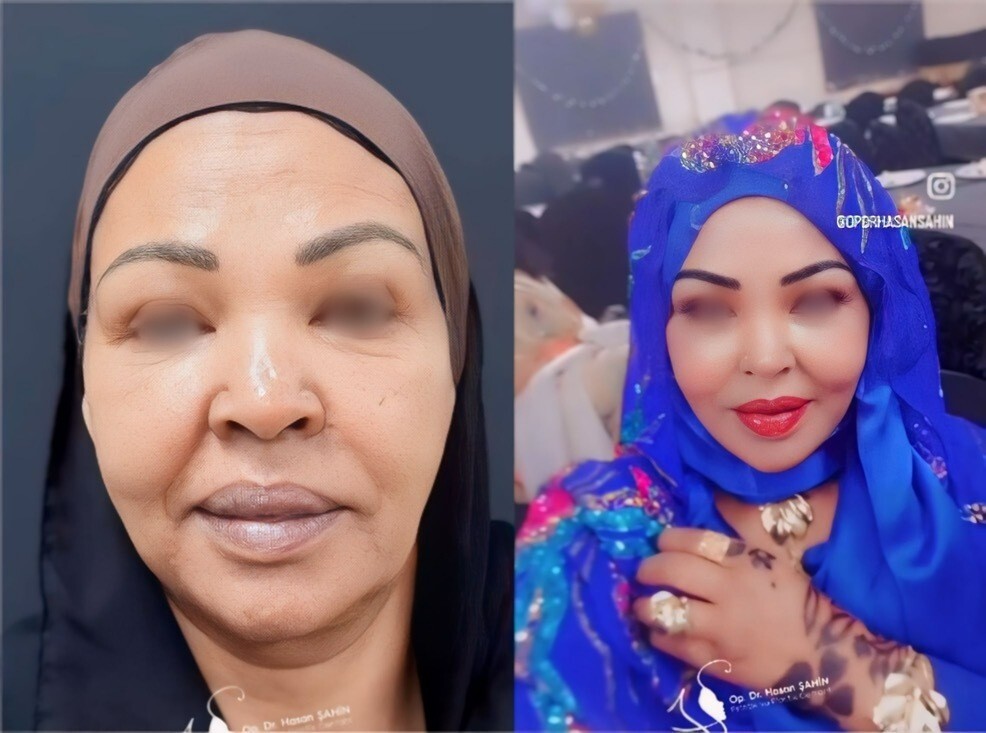Providing constant hydration and protection, tears act as a bulwark against external aggression, protecting the eye from disease and infection. Tears are secreted by the lacrimal glands and then drain through the lacrimal ducts at the bottom of the conjunctival nasal sac.
However, weakened by infection or pathology, the tear ducts can become compromised, requiring urgent medical attention.
Tear duct surgery in Turkey: Costs & Reviews
The cost of tear duct surgery in Turkey depends on the surgical technique used. Our eye clinics in Turkey guarantee excellent quality of care for the treatment of all your eye problems.
Whether you need a Dacryocystorhinostomy (DCR) to clear an obstructed tear duct or another surgical procedure, our experienced ophthalmology experts in Turkey will tailor a treatment to meet your specific needs.
From the moment you contact Turquie Santé, our dedicated teams support and advise you throughout your healthcare journey:
- Pre-operative consultation with an experienced ophthalmic surgeon.
- Preparation of a personalized and transparent estimate.
- Logistical support: organization of transfers, accommodation and post-operative care.
- Medical assistance available 24/7 with a multilingual interpreter.
Don't let watery eyes affect your quality of life. Choose an effective and affordable eye solution in Turkey!








